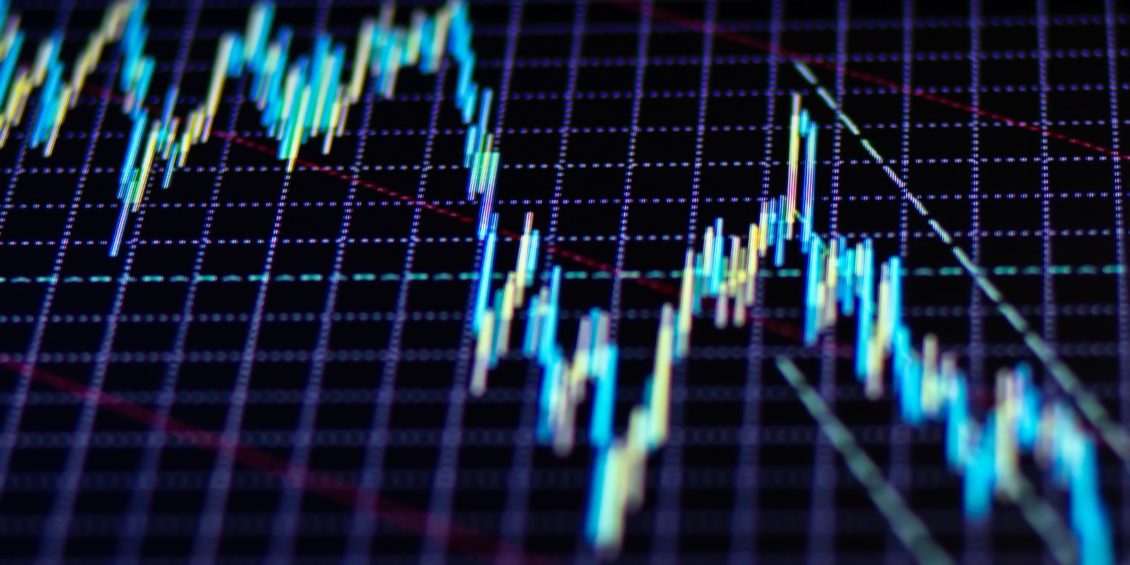To maximise your success in the foreign exchange market, you need to know the variety of FX transactions you can make. You can then choose the best business FX transaction for your needs.
Terminology in this field can be tough to decipher – there’s plenty of jargon, and your money is at stake. An understanding of each FX transaction type will clear things up.
Here is your guide to FX transaction types and their uses.
The Spot Rate Trade
The spot trade is where most traders begin with forex. When you change money for a holiday, this is where your exchange rate comes from. It is the simplest to master but gives you fewer investment options than some of the others.
A currency’s spot rate is its value against another currency right now. Spot rates change hour to hour and day to day. Investors fast to the button can take advantage of these fluctuations, but they need to know when to move.
The global foreign exchange sets spot rates. Things like inflation, growth, interest rates, debt, stability and relative strength all factor into a spot rate.
The Forward Rate Trade
Forward rate investors look to the future for the best deals. Both parties agree on a settlement day at least 90 days in the future; 3 to 6 months are most common. They then lock in an exchange rate based on current spot and interest rates.
Forward trades benefit investors with a keen eye for speculation. If you predict which way a currency will move, you can set a profitable exchange for yourself 3 or more months from now. You can also use forward trades for hedging– buy a currency when it is strong and set the rate.
You can trade forwards wherever you like, and you can adapt the contract to both your needs. This gives traders greater options than with a futures trade. You can also skip paying a margin as a deposit.
Futures Transactions
Futures are like forwards, but they are regulated with greater rigidity. Future contracts come as standard, and trading parties must adhere to stated dates, times, sizes and features. Forward trades give investors greater freedom in the terms of their contracts.
Futures trades come with more guarantees than forwards. Clearinghouses protect you against credit losses, and traders must pay a margin as deposit. This acts as a sign of trust and intention to fulfil the deal.
Future transactions must be conducted at a futures exchange. Regulation in this area of forex prevents you from trading independently, peer to peer.
Swap Trades
This is a direct swap with low risk. One trader borrows currency from another, while at the same time lending their own currency to them. This deal uses a forward contract to be settled at a date soon.
Swaps use forward rates, based on spot and interest rates, to work out a deal. Investors limit their exposure to risk while settling obligations in their forex trading.
Option Trades
Options enable you to set a future date to exchange your currency. You and another trader agree to an exchange rate and when you will do it. You are not obligated to execute this exchange, and it is ideal for investors looking to speculate.
There are two types of forex option transactions: puts and calls.
Put options work when you think a base currency will weaken against a quote. For example, if you thought USD/JPY might go in Japan’s favour, a put option would be the best choice.
Call options work the other way. You expect the base currency to strengthen against the quote currency. So, the USD would rise and JPY would fall.
By choosing the right type of forex transaction, you can boost profits and minimise risk. Learning more about each type and studying their suitability to your trade puts you ahead!








Leave a Reply
View Comments